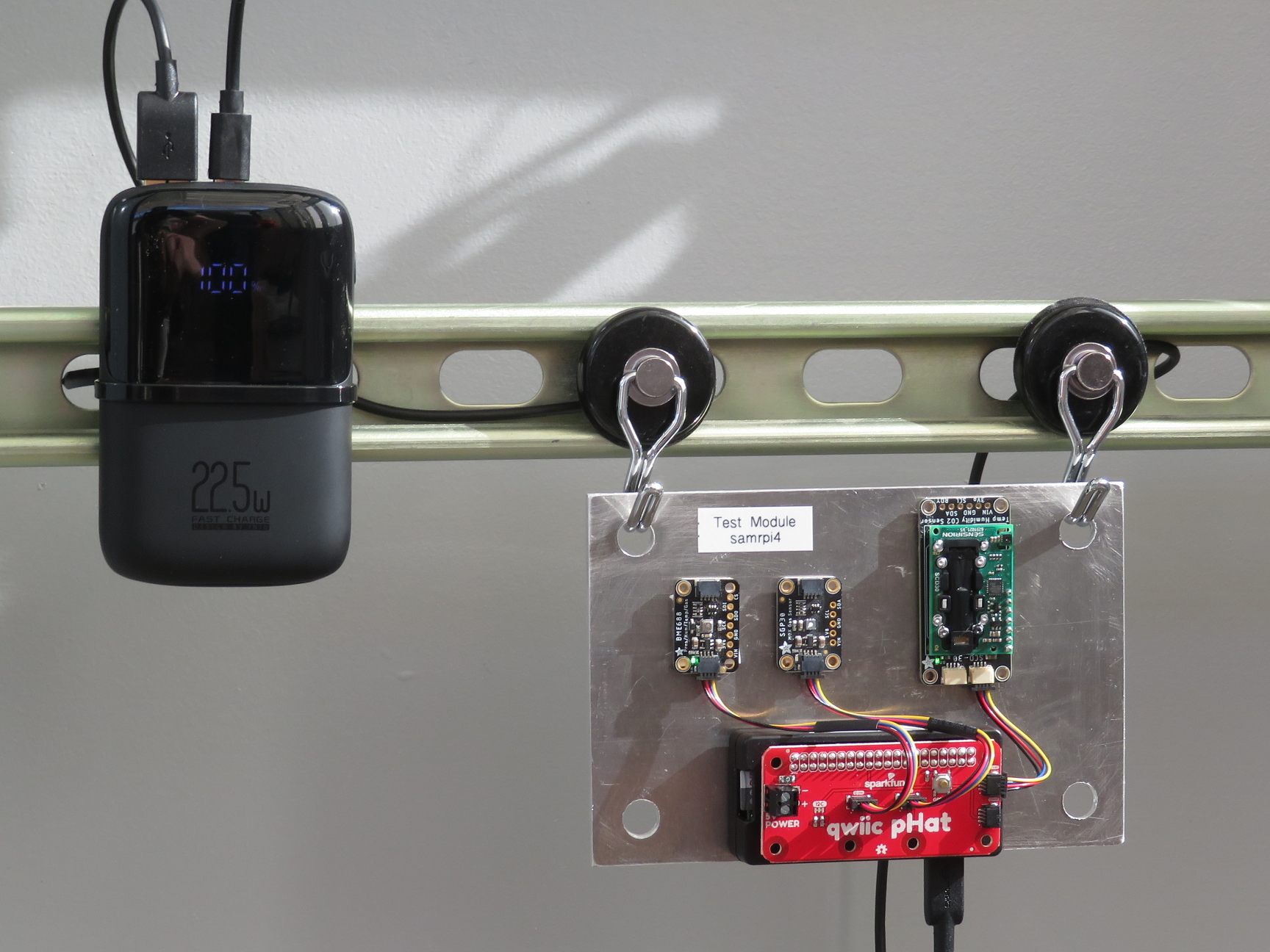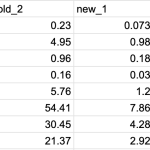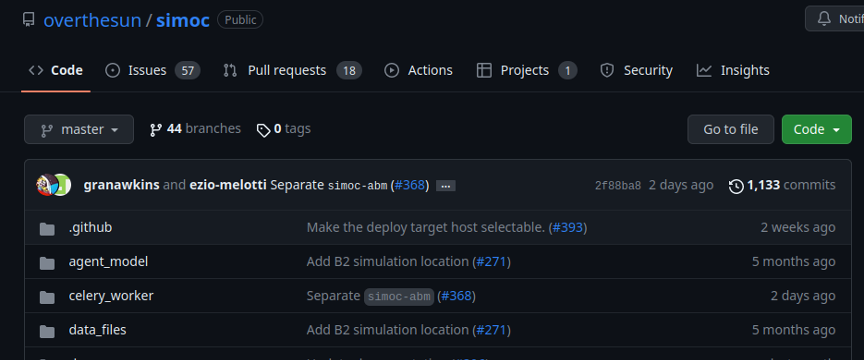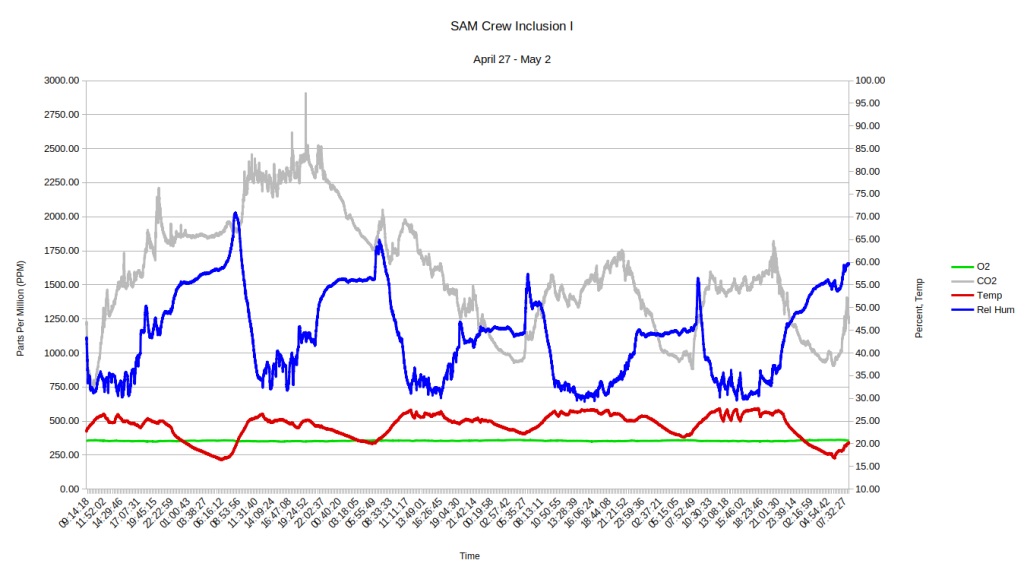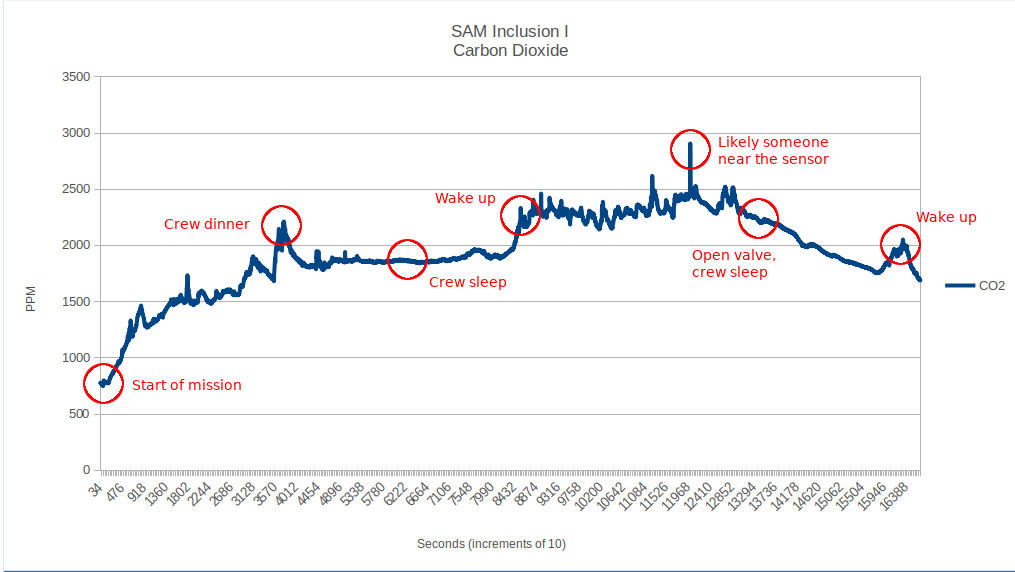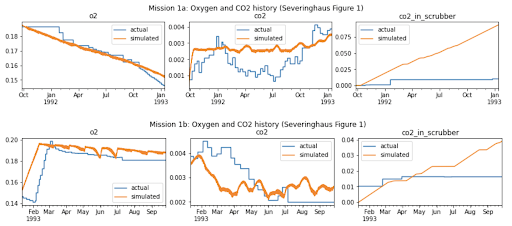As the summer unfolds …
This summer is seeing many exciting updates for SIMOC, with an in depth story for each coming soon!
- The SIMOC Live development team continue to improve the code and test the platform, with the original and new 64-bit Raspberry Pi Zeros tested and functional.
- Several new Adafruit sensors are being tested, including light intensity, a microphone, and IR sensor for proximity awareness. The goal is to give SIMOC Live the ability to capture movement inside a habitat such that the approximate location of the crew members can be correlated to CO2 levels in each room, but without video capture or individual identity tracking.
- An Adafruit GPS and accelerometer are being tested as well, looking to a future in which SIMOC Live may be redesigned as a hand-held unit or deployed in a pressure suit during EVAs.
- The Arizona Science Center is installing an interactive SIMOC Live kiosk! More to come, soon!
- The Analog Astronaut Conference has accepted our proposal for SIMOC Live to be deployed in each of the nine habitats world-wide as a ELCSS monitoring system. While each habitat already has some level of air quality monitoring, the installation of SIMOC Live across the entire domain will provide a singular data format and seamless, (delayed) real-time monitoring from the central Mission Control Center.
- Ezio and Franco will venture to Poland to install SIMOC Live at the famous Lunares habitat analog for their upcoming mission for the month of September. This will be a proof of concept for remote monitoring of a habitat beyond SAM.
- The National Science Teachers Association will soon publish a feature article about SIMOC—stay tuned!
Again, each of the above will be expanded into individual photo essays … stay tuned!


